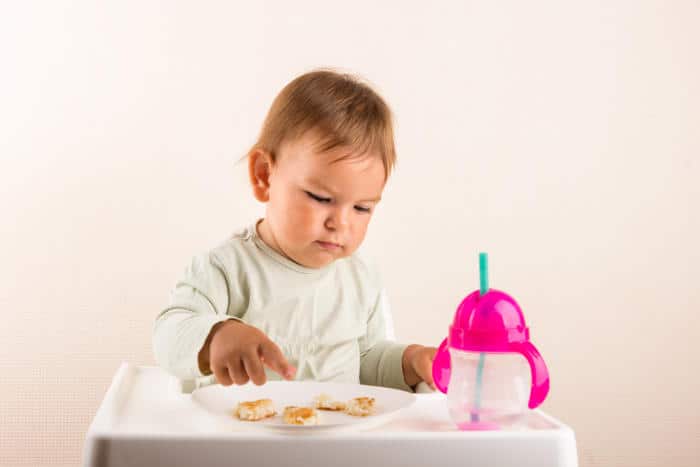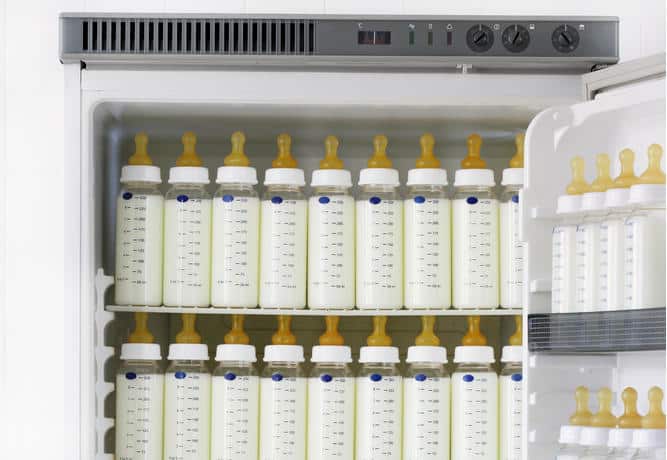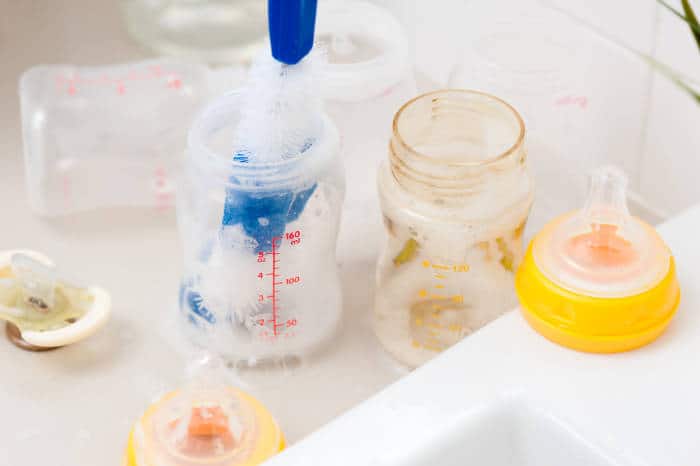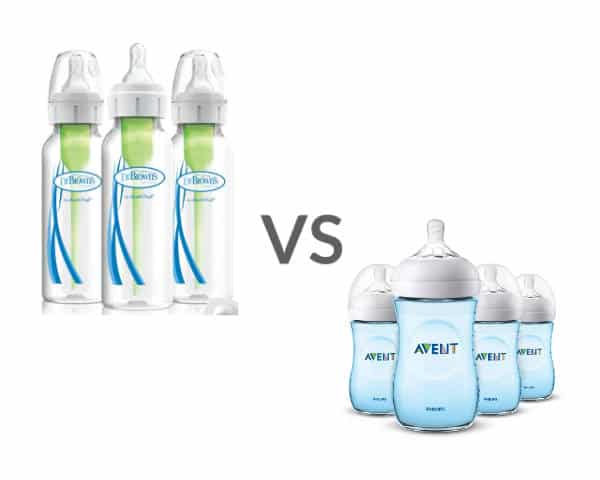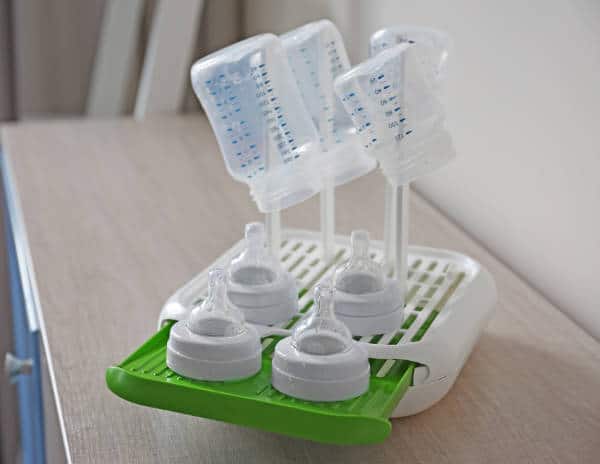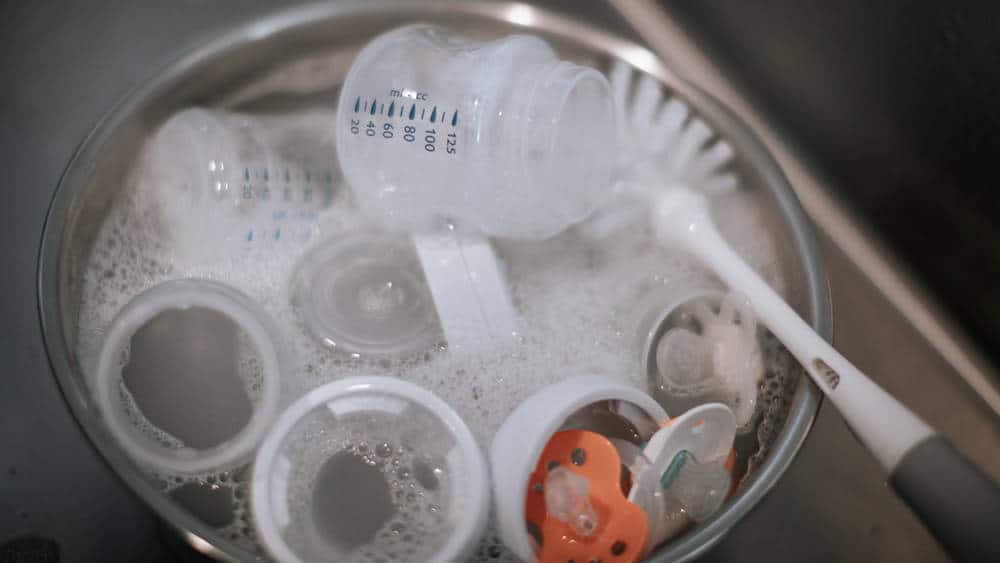In many ways, breastfeeding is made out to be this complicated endeavor where each molecule of food placed in your mouth needs to be noted and accounted for to ensure the health of your baby. Women are told by “so and so from this mom group” or “my aunt Kelly” that they should or shouldn’t consume coffee, salad, peanuts, etc.
It can feel overwhelming on top of learning to latch and feed a baby in the early days. Toss in societal pressure to “bounce back” with a tornado of hormones and you have a formula for stress.
Many breastfeeding women expect to lose weight and that actually is an added benefit for many women! It should be noted that it’s also common to gain weight initially due to changing appetites, hormonal adjustments, and the shifting shapes of bodies following birth. However, there are ways women can optimize their chances of losing weight with breastfeeding by following these healthy breastfeeding diet guidelines.
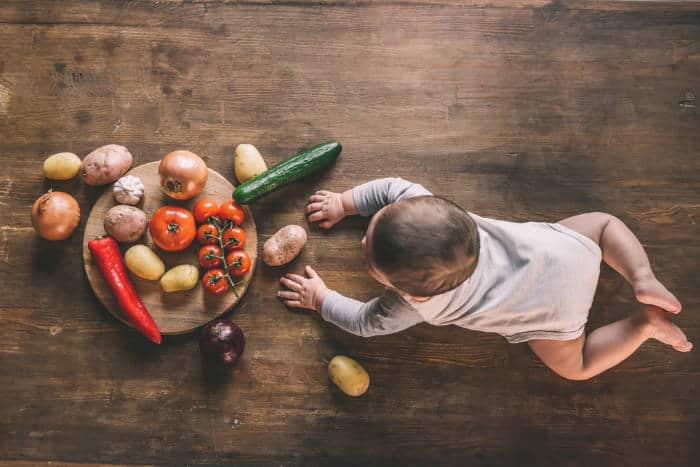
The benefits of breastfeeding
You may have heard that breastfeeding helps shed the baby weight. Breastfeeding does, in fact, burn calories. However, it also helps contract the uterus and slow bleeding directly after birth. This is due to the equally beneficial release of the hormone oxytocin.
Oxytocin is more like a wonder drug, in a sense. It promotes mental health and acts to prevent anxiety, therefore decreasing the chances of developing postpartum depression or anxiety. It’s also known as the “love hormone” because it increases the bonding experience with your new baby. Breastfeeding also decreases the occurrence of abuse and neglect in the home.
Breastfeeding also decreases your risk of developing cancer or disease. Women who breastfeed display a lower instance of breast cancer, ovarian cancer, heart disease, high blood pressure, arthritis, and type 2 diabetes.
Many women who breastfeed also get to avoid their menstrual cycle for several months. According to La Leche League, most women who exclusively breastfeed can postpone their periods for 3-6 months, if not longer.
Breastfeeding also saves money. If you haven’t been to the grocery store to scope out the price of baby formula, it is EXPENSIVE. On average, breastfeeding families can save around $1200 to $1500 in a year.
How many calories does breastfeeding burn?
The amount of calories burnt while breastfeeding is somewhat dependent on how often you nurse, which in turn, affects how much breast milk you produce. On average, exclusively breastfeeding women burn around 500-700 calories daily due to breast milk production and nursing. Still, that’s 500-700 just from making breast milk, which is a pretty impressive achievement for the human body!
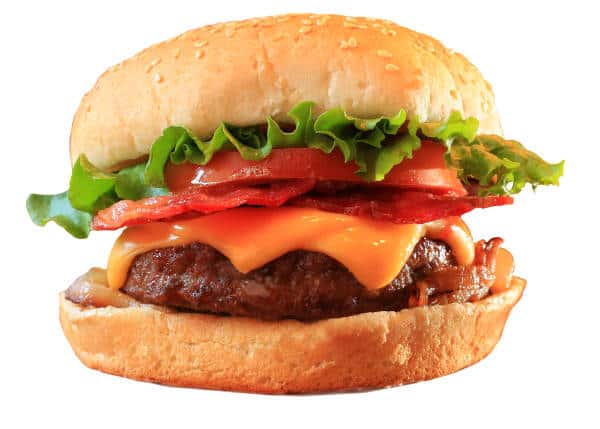
Does pumping burn as many calories as breastfeeding?
In general, the metabolic needs for pumping and breastfeeding should be the same as long as you are pumping at the same rate you would be breastfeeding. The calorie burn comes from replenishing your milk supply as you express.
Foods and nutrients a breastfeeding mom should be eating
In general, a balanced breastfeeding diet is the best way to maintain nutrition. You’ll need around 300-400 extra calories a day to keep up your breast milk supply if exclusively breastfeeding/pumping. If you have a vegan diet, consult with your doctor as supplementation may be necessary. Those on a vegetarian and vegan diet are often advised to take calcium, vitamin B12, and vitamin D supplements. Here’s what you need to eat while breastfeeding:
Protein
Your body needs a healthy dose of protein from your diet to power breast milk production. Meat, beans, lentils, certain kinds of seafood, and dairy can be helpful cornerstones of your diet while breastfeeding.
Beef, in particular, has the mineral zinc, iron, and B vitamins. It can help you keep up by maintaining your energy reserves. Eggs are also helpful because they contain many nutrients including protein, choline, lutein, riboflavin, folate, and vitamins B12 and D.
How about fish? You can consume oily fish provided that you can keep the portion around 140g a week. Fish contain healthy fats, particularly EPA and DHA omega 3-fatty acids.
Calcium
A daily intake of calcium is also a crucial component of breastfeeding nutrition. It’s a good idea to consider consuming dairy (if your baby doesn’t have an intolerance), dark green vegetables, and juices, yogurt, and cereals if they have been fortified with extra calcium. Because your breast milk contains so much of your calcium intake, any deficiencies can manifest in bone or dental issues for the nursing mother.
Whole Grains
Grains are important because they are a large source of complex carbs. Whole-wheat pastas, breads, rice, and oatmeal are good pieces to add to a breastfeeding diet. They can help maintain energy and supplement your iron intake as well.
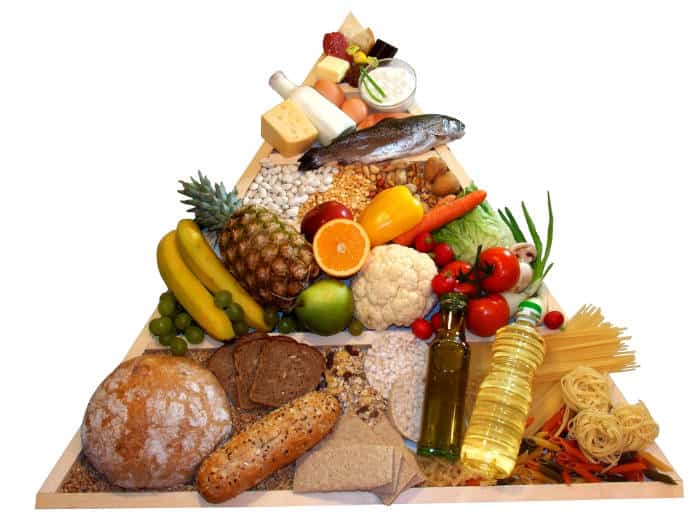
Foods to avoid when breastfeeding
Unless you have specific allergies, there are no foods to avoid while breastfeeding.
Allergens
With that being said, those with prevalent allergy history either themselves or close family members may want to steer clear of allergens. Be sure to watch for irritability, red/sore bottoms, diarrhea, and skin issues as they can point to a possible food allergy.
Breastfeeding does offer some degree of introduction to foods that often cause reactions. Therefore, by nursing, you may be decreasing the chance of sensitivity for children genetically prone to allergies.
The allergens most women are cautious to avoid include: peanuts, tree nuts, shellfish, dairy, soy, and eggs.
Dairy
Cow milk can be a fickle character in the breastfeeding world and your infant’s sensitivity to the protein contained on cow milk can often go undetected. This causes lots of crying and frustration for you and your infant.
Cow’s milk protein intolerance (CMPI) is not one and the same as lactose intolerance. The issue is largely due to the size of protein molecules that are capable of passing into the mother’s milk. Unlike human breast milk, cow’s milk proteins are bigger and harder to digest.
If your baby has CMPI, it can look very similar to a food allergy with symptoms such as diarrhea, sore bottom, constipation, skin issues, excessive vomit or spit up, or even a runny nose. Many kids with CMPI are given a diagnosis of colic or reflux and are then prescribed antacid medication, which isn’t likely to help. If you suspect CMPI, an elimination diet is a helpful course of action.
Caffeine
And though you may have heard that you can’t drink caffeine while pregnant or breastfeeding, it can absolutely be consumed in moderation. However, excess coffee, tea, or even chocolate can contribute to a fussy baby that doesn’t want to sleep. So, just practice awareness of how much you’re taking in versus the temperament of your little one.
Love your chocolate? Here’s a more in-depth look at eating chocolate whilst breastfeeding.
Alcohol
Like caffeine, alcohol can also be consumed in moderation while breastfeeding. If you drink alcohol (only one alcoholic beverage) a day and wait 2-3 hours before nursing or pumping, any danger to your infant is greatly reduced. There isn’t any need to skip that glass of wine.

How much water should you drink when feeding?
Drink when you are thirsty and get the recommended amount of water for any human, nursing or not. However, if you’re quenching your thirst with an unhealthy amount of caffeine or sugary drinks, you’re likely not getting the recommended amount of water for any person, breastfeeding or not.
Is it safe to lose weight while breastfeeding?
Most women have heard the lecture that pregnancy weight wasn’t gained overnight and you shouldn’t expect or strive for a quick unhealthy solution. In general, give yourself 6-8 weeks for your body to recover before making it a point to shed pregnancy weight.
However, if you do happen to shed weight while breastfeeding in those early postpartum weeks and you’re eating the recommended calories, you can relax knowing it is safe to do so.
How to lose weight breastfeeding
On average, breastfeeding moms need to consume approximately 1800 calories a day. While that doesn’t afford the opportunity to really cut calories, you can supplement your efforts with working out and making healthy choices. For example, a healthy diet rich in lean protein and vegetables will help you lose more weight than one heavy on the simple sugars and junk.
Diets geared toward lower carbohydrate intake are relatively safe while breastfeeding or pumping. Both Atkin and Paleo make the list of safe approaches.
Atkins has specific recommendations for breastfeeding mothers and their experts recommend skipping Phase 1 of their program. They also recommend taking in an extra 500 calories a day initially, with the option to drop down to 1800 after your baby reaches the two-month mark. Under the Atkins program, you should strive for a weight loss of 1-2 lbs a week. They even state that a weight loss more drastic than that may require beefing up your calorie count.
If you want to take Atkins a step further and keep your body in Ketosis for longer, you should consider trying a Ketogenic diet whilst you breastfeed.
The Paleo diet strives to create an eating plan congruent with the way our ancient ancestors ate. They boast a high nutrient plan that provides the necessary components for healthy breast milk production. The plan includes foods that are high in Omega-3 fatty acids as well as lauric and capric acid.
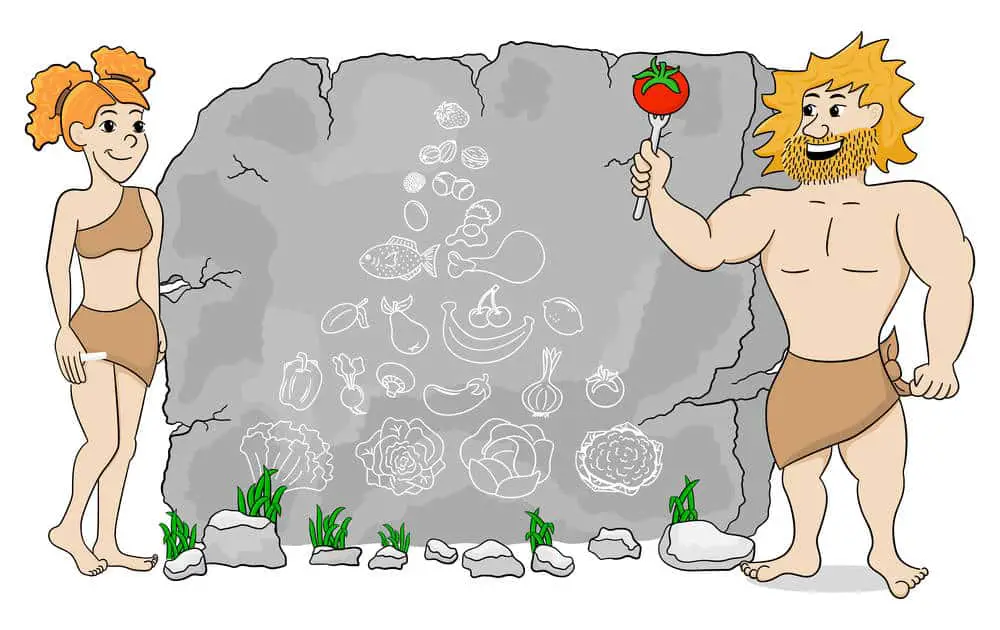
Weight Watchers is also a well-known plan that’s been around for years. It’s a plan that focuses on foods being represented by points and focuses more on eating in moderation than cutting any one food group altogether. Additionally, this plan doesn’t follow extreme periods of dieting or phases which aren’t a good idea for nursing mothers.
Research is limited on the ketogenic diet at this time.
In addition to healthy breastfeeding diet, exercise can prove helpful in slaying the pregnancy weight. It’s a common myth that working out can deplete your breast milk supply. Research doesn’t back this whatsoever. Extreme exercise may cause a higher concentration of lactic acid in your breast milk and some babies seem to react to its flavor. Lactic acid isn’t harmful for your nursing baby though.


